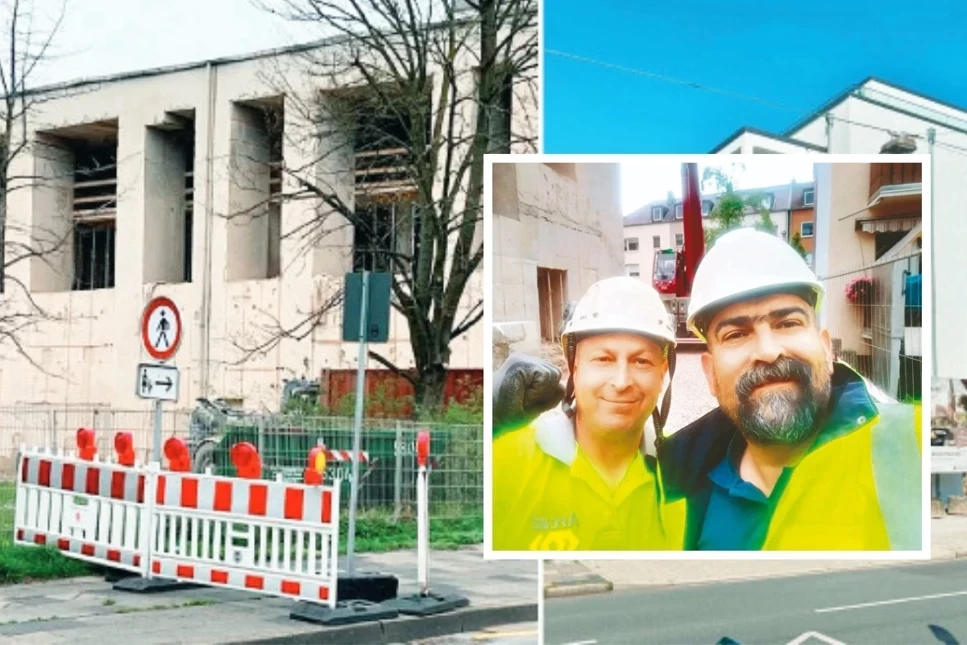Turkish entrepreneur transforms Nazi bunker into luxury residences in Germany
 Turkish businessman Mehmet Ali Arslan and a collage of the transformations he achieved, Germany, November 11, 2024. (Photo collage by Patronlar Dunyasi)
Turkish businessman Mehmet Ali Arslan and a collage of the transformations he achieved, Germany, November 11, 2024. (Photo collage by Patronlar Dunyasi)
In Germany, Turkish entrepreneur Mehmet Ali Arslan turned a World War II Nazi bunker into a luxury residence. Arslan’s ambitious project involved demolishing the old structure and converting it into a modern residential complex.
“This place was a windowless shelter with two-meter-thick concrete walls, originally built in 1942 to protect civilians,” Arslan explained. “After seven months of intensive work, removing 6,000 tons of concrete, we converted it into a 2,700-square-meter space with 21 luxurious apartments.”
Innovative solutions for Germany’s housing market
As housing demand rises in Germany, developers are seeking creative ways to expand living space. Born in Germany and of Turkish descent, 50-year-old Arslan took on the challenge of repurposing the neglected WWII bunker.
Winning the bid for the shelter’s redevelopment, Arslan and his partner, Ahmet Tunc, have set a new precedent for sustainable and innovative construction in areas where zoning policies limit expansion.
The bunker, located near the Dutch border, was originally constructed in 1942 amid WWII to safeguard the local civilian population.
Arslan highlighted the structure’s robust design: “The walls were two meters thick, with the roof and foundation also built from solid concrete. For decades, it stood idle, a stark reminder of wartime Germany. We saw an opportunity to reinvent this space.”
Pioneering future redevelopment projects
After completing this 21-unit complex, Arslan’s project has sparked interest in the architectural community across Germany and Europe.
This transformation has demonstrated the potential for repurposing over 500 similar bunkers still scattered throughout the region, inspiring architects, engineers, and contractors to envision new applications for these wartime relics.
Arslan’s venture not only adds valuable housing to Germany’s market but also reshapes historical structures into spaces of comfort and modernity. Through this project, the former bunker finds new purpose, turning a symbol of the past into a beacon of innovative urban design for the future.



